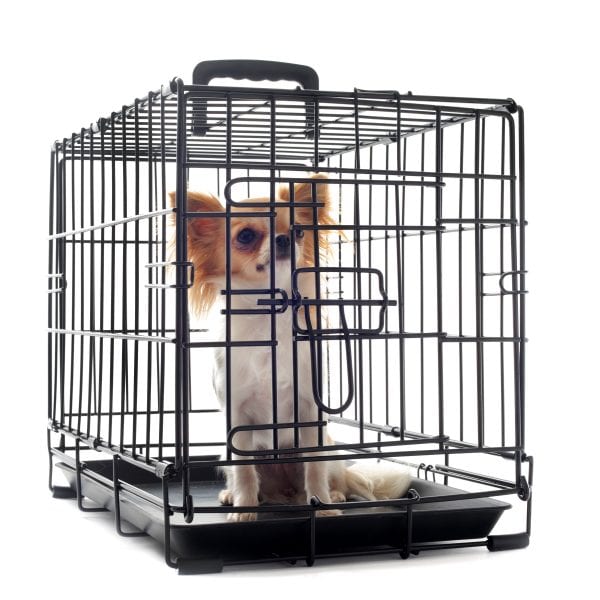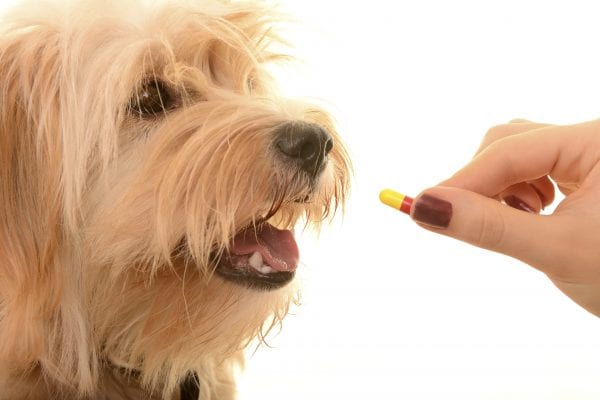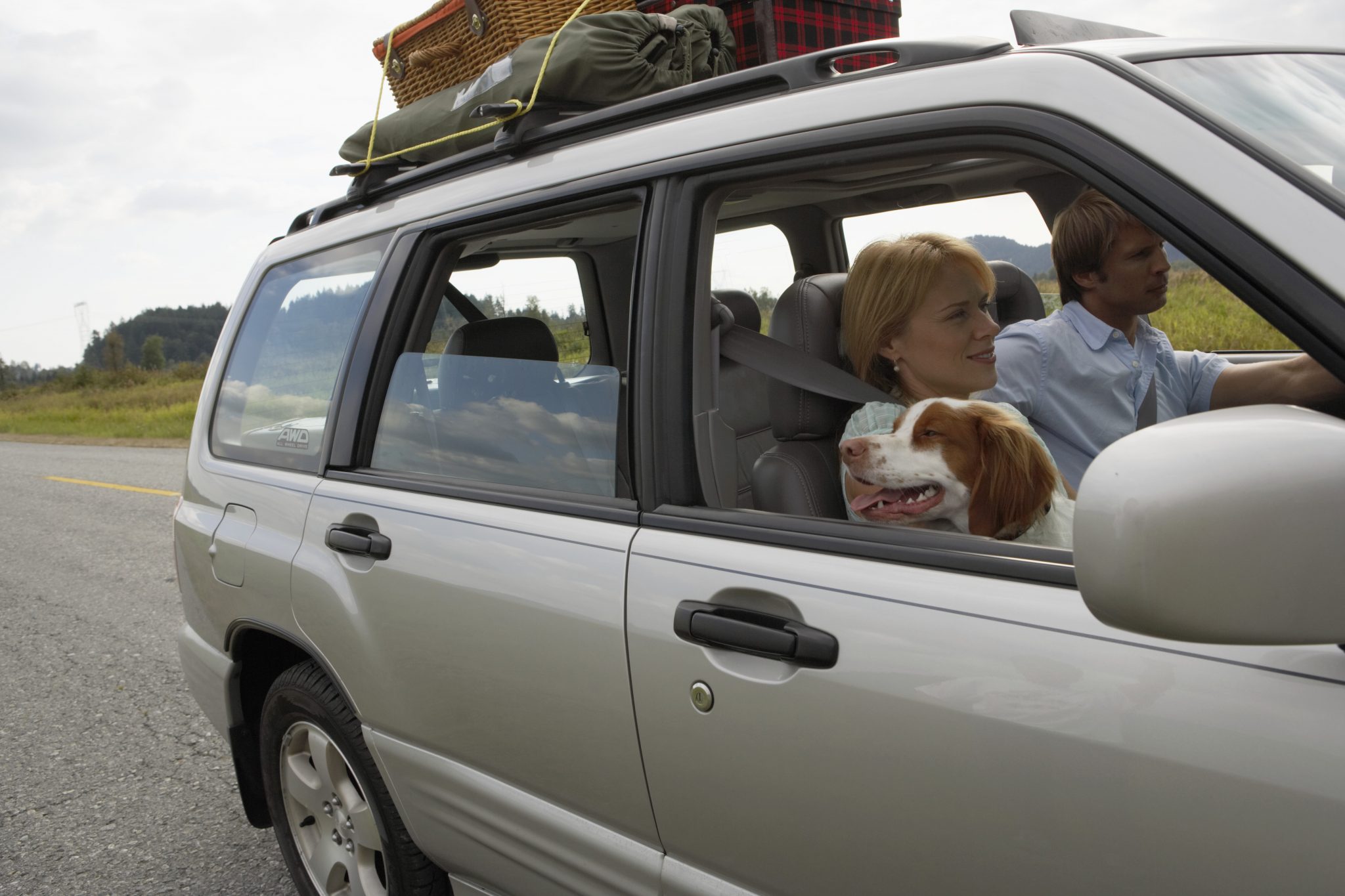Emergency Handbook

Following are some measures that can be taken to prevent losing your dog in an emergency:
Make sure your dog wears a properly fitted collar that includes current identification, license and and rabies tags.
An appropriate identification tag should include your name, address, and phone number. In addition, put a temporary identification tag on your dog with the phone number of your veterinarian or out-of-state relative or friend. There is a good chance the phones may not work after a disaster. More permanent forms of identification include tattoos and microchips. If your dog normally wears a collar, keep a leather or nylon collar in your emergency kit. Do not keep a choke collar on a dog since it could get caught on something and possibly strangle your dog to death. In addition, keep a properly fitting dog harness and leash in your emergency kit to be used when you exercise your dog. A frightened dog can slip out of a collar, but not a harness.
Keep current pictures of your dog.
- Include pictures of any distinguishing marks that would make it easier to identify your dog. Include yourself in some of the pictures in case you have to show proof of ownership.
- Laminate the pictures.
- Send duplicates of the pictures to your out-of-state relative or friend.
Plan ahead
Start by developing an effective family disaster plan to reduce the impact of a man-made or natural disaster, then add specific plans for your dog. Following are some tips that will reduce the risk to your dog:
Keep your dog’s vaccinations current and have the records handy. Most boarding kennels require proof of current vaccinations before accepting a dog.
Train your dog. A well-behaved dog is easier to handle in an emergency and is a welcomed guest.
Practice evacuating. Everyone in the family should participate, including your dog.
Take your dog if you evacuate your home. Most dogs cannot survive on their own. Leaving dogs behind, even if you try to create a safe place for them, is likely to result in their being lost, injured, or worse. Contact motels and hotels in communities outside your area to find out if they will accept dogs in an emergency; or contact family, friends, boarding kennels, and veterinary clinics with boarding space to arrange for care.

Crate train your dog before an emergency. Make sure the crate is large enough for food and water and has enough space for your dog to stand up, turn around and lie down comfortably. The crate should be a source of comfort, not stress.

Prepare an emergency kit. Check the contents of the kits twice a year. Rotate all foods and replace with fresh food every two months. Following are some items that you should have in an emergency kit for your dog:
- Extra collar, harness, tag, and leash.
- Muzzle, which can also be made from gauze rolls (may be needed if your dog becomes agitated and aggressive during the confusion).
- Plastic airline crate or wire collapsible crate (may be used to temporarily confine dog following a disaster).
- Current pictures of your dog in case you become separated during a disaster.
- A list of places you can get food, boarding kennel space, and health care for your dog in an emergency.
- A list of motels and hotels in communities outside your area that will accept dogs in an emergency
- A list of animal shelters or animal rescue organizations in your area in case your dog is missing after a disaster.
- Extra dog food. Store at least a week’s supply of the food your dog likes to eat. Avoid diet changes to reduce the possibility of digestive upsets. Store the dry food in sturdy containers and do not use canned food that has been opened and not refrigerated. Include a manual can opener and a spoon to scoop and/or mix food.
- A supply of drinking water. You should have at least a week’s supply of drinking water for each dog in your household. Store the water in a cool, dark location and make sure to rotate it every two months so it remains fresh.
- Extra food and water bowls for each dog in case the ones normally used are lost.
- Scooper, paper towels, newspapers, plastic bags, and cleaners to handle your dog’s waste.
- A first aid kit. This kit should only include materials you know how to use. Consult a veterinarian if your dog has a problem that you know nothing about. Useful items for a dog’s first aid kit include a dog first aid book, bandaging materials, antiseptic wipes and ointments, tweezers, scissors, and latex gloves.
- Regular medications. If your dog is on long-term medication, keep at least a two-week supply or current copy of your dog’s prescription on hand.
- Blankets and toys that are familiar to your dog.
Used by permission of the Federal Emergency Management Agency (FEMA).
Use pesticides only according to the directions on the label. Follow all directions, precautions, and restrictions that are listed. Do not use pesticides on plants that are not listed on the label. Trade and brand names used are given for information purposes only. No guarantee, endorsement, or discrimination among comparable products is intended or implied by the Alabama Cooperative Extension System. This publication is for information purposes only and should not be a substitute for recommendations or treatment by a health care provider.


